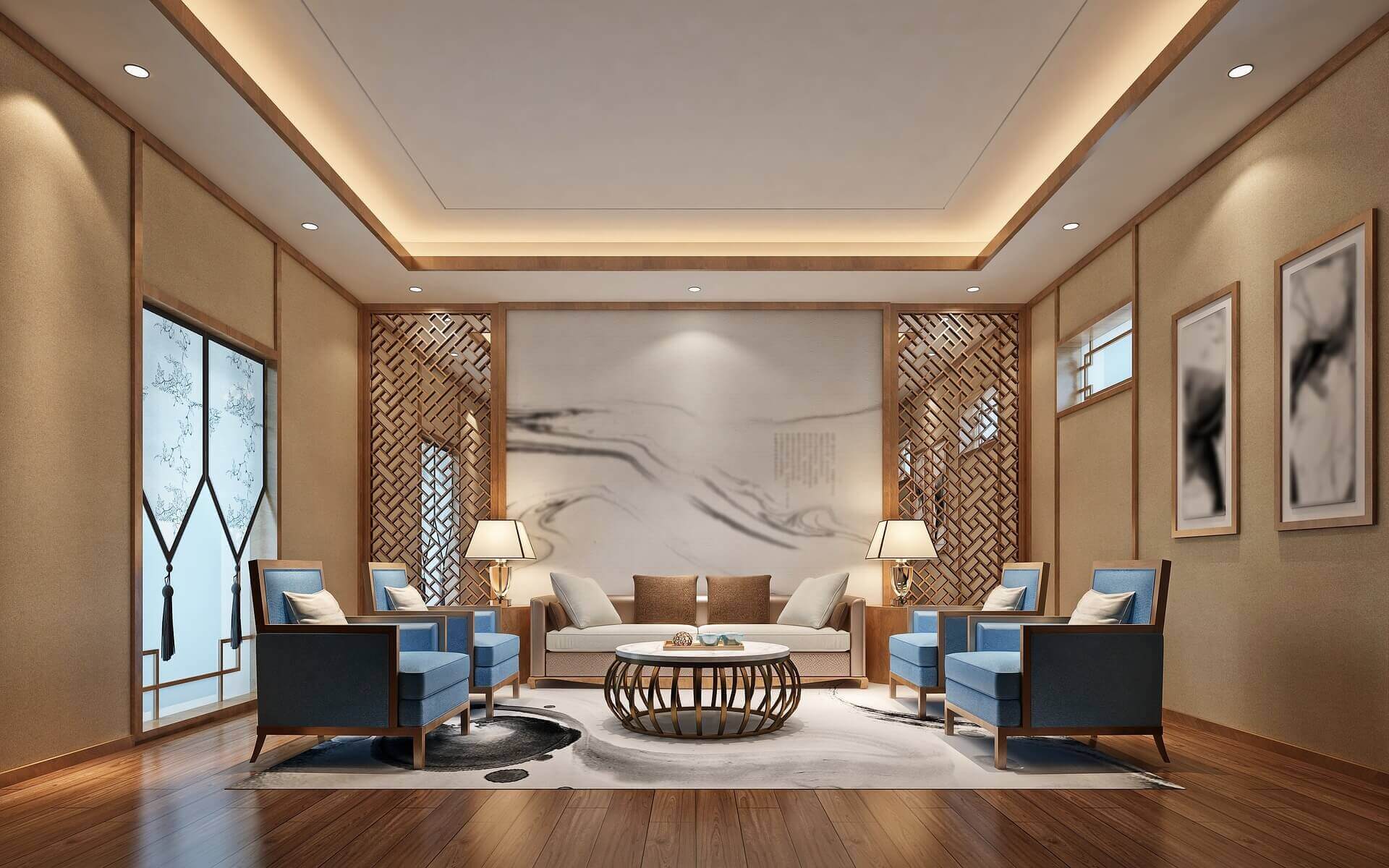How to light up a room? What beam angle makes a piece of furniture look great? Do flood beams or spot beams do the job? How much does a light’s intensity matter when choosing home exterior lighting?
Lighting design is one of the most complicated aspects of designing any space, and it has a profound impact on how the space will look. Good lighting can be the difference between a breathtaking interior design and one that’s “just good enough”.
With so much at stake, it is no wonder that every aspect of lighting design is securitized, and one of the most common questions people ask is the difference between the different types of lighting. What’s spotlighting? What’s accent lighting? How about flood lighting? If you’ve ever designed a space, you’ve probably asked yourself the same questions as well.
In this article, we’ll focus on two particular types of lighting that are often mixed up: spotlighting and floodlighting. These are essential to designing both interiors and exteriors, and we’ll tell you everything you need to know about both types of lighting and why distinguishing them matters. Read on!
Spotlights
Spotlights are one of the most common types of lighting used in homes, businesses, and industries. They are typically characterized by a small, adjustable fixture that produces a concentrated narrow beam of light. The beam angle can be adjusted to focus on a specific area or object, allowing for precise lighting control. This makes spotlights ideal for highlighting or accenting specific features, such as artwork, sculptures, or architectural details. Typical examples of spotlights include LED strip light profiles and surround lighting.
Spotlights are available in a wide range of styles and sizes, from traditional recessed ceiling fixtures to modern, freestanding lamps. They can also be powered by different light sources, such as halogen, LED, or incandescent bulbs, providing a range of brightness levels and energy efficiency options. Additionally, you can choose from a variety of beam pattern, beam angle, and lumen output options, which gives you a lot of freedom over how you put a specific item under the spotlight.
The popularity of spotlights is primarily driven by their utility. They can be used for task lighting, such as illuminating a workspace or reading area, or for decorative purposes, such as creating a dramatic effect in a room. They can also be used for outdoor lighting, such as illuminating a pathway or garden feature. Essentially, if you are in charge of the lighting design of a specific place, you’re likely going to need spotlights.
Floodlights
Floodlights are a type of lighting fixture that produces a wide, diffuse beam of light that covers a large area. They are typically used for outdoor lighting, such as illuminating a yard, parking lot, or building facade. Floodlights can also be used for security purposes, as they can illuminate a large area and make it easier to detect any potential intruders. Common examples of floodlights include a traditional outdoor light bulb, a diffused LED light bar, etc.
The main advantage of floodlights is their ability to provide a consistent level of brightness over a larger area, which can help to reduce glare and improve visibility. This makes them ideal for providing general lighting in large outdoor spaces. These diffused flood beam patterns make them incredibly useful in a large variety of applications.
Because they’re typically installed outdoors, floodlights are also known for their durability and weather resistance. They are made of heavy-duty materials and are designed to withstand exposure to harsh weather conditions, such as rain, wind, and extreme temperatures.
What’s the Difference Between Floodlight and Spotlight?
The main difference between spotlights and floodlights is their beam width and coverage area. Spotlights provide a narrow width and focused beam light, while floodlights provide a wider beam width and more diffused lighting. A spot light’s brightest point is much brighter than a floodlight’s if they produce the same amount of light.
Spotlights are better suited for accent lighting and highlighting specific features, while floodlights are better suited for illuminating larger areas and providing general lighting. Ultimately, these two types of lighting serve rather different functions, and the choice between a spotlight and a floodlight will depend on the specific lighting needs of the application, as well as personal preference and budget.




